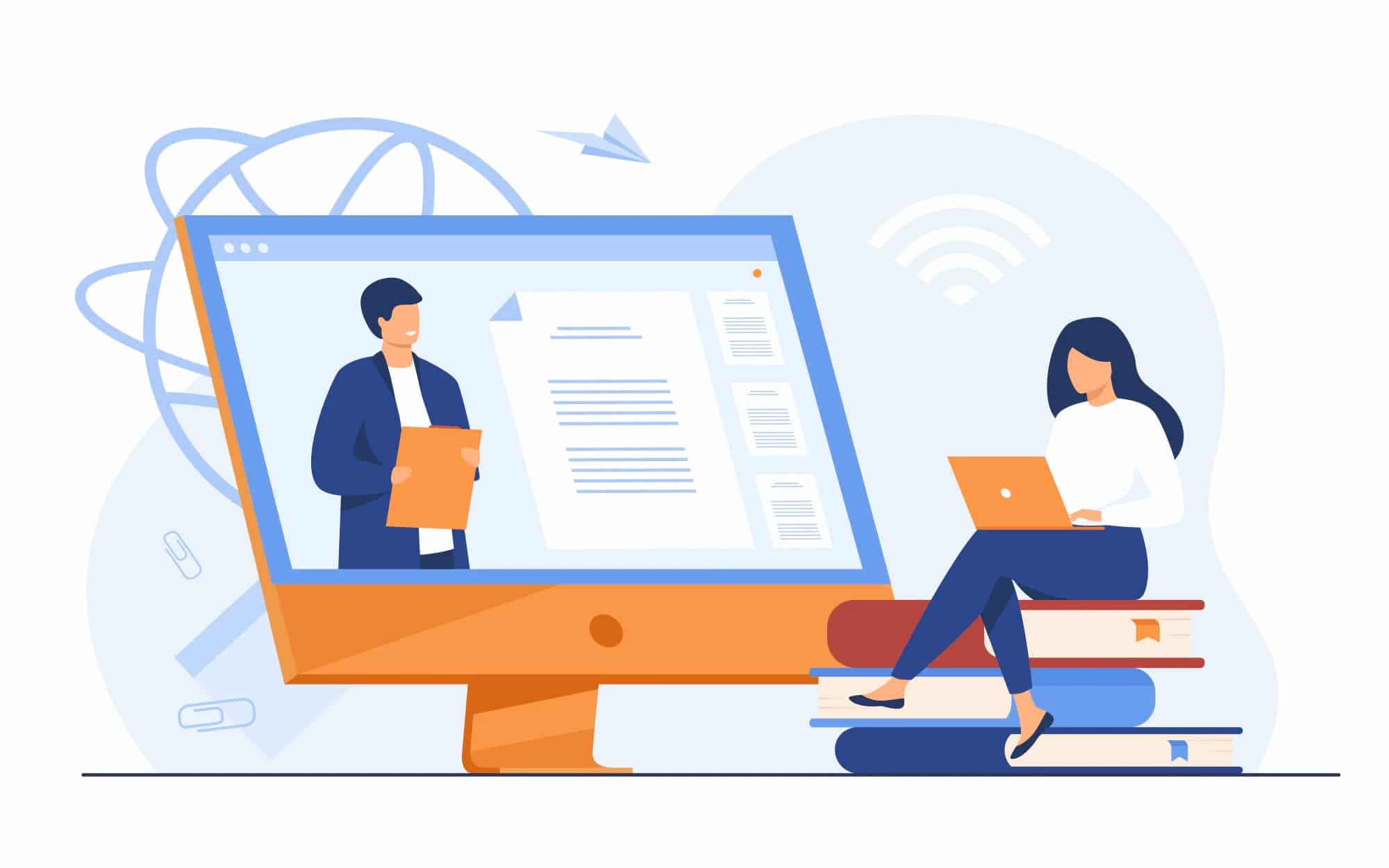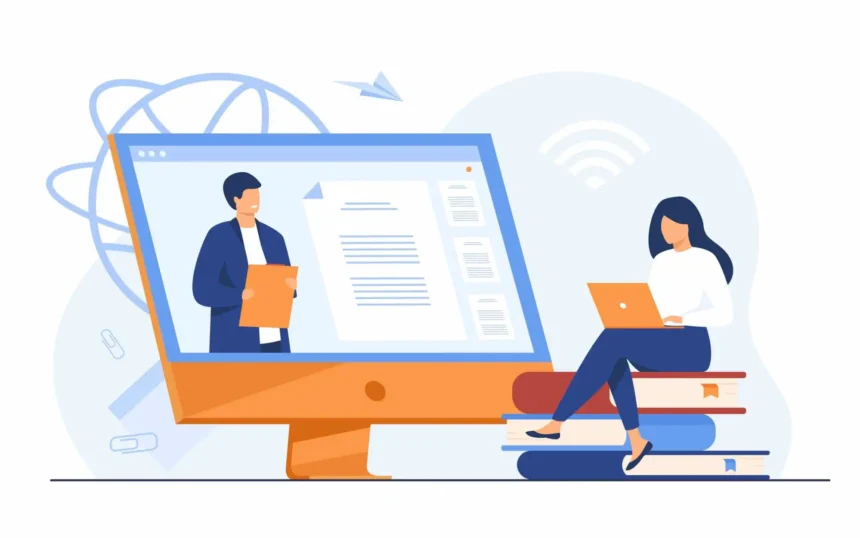
Introduction: How Technology Has Changed Teaching and Learning
Today, technology plays an increasingly important role in society. Almost all aspects of our lives are changing or will be changing in the future. As a result, it is transforming how we interact, do business, learn and teach, and even how our brains work.
Due to the introduction of technology, the learning environment is evolving. There are now more options available to students than ever before. Before, students only had the option of studying in a classroom. In the modern day, access to the internet and a computer are all one needs. The students study at home or at a coffee shop at their leisure. As students’ skills, knowledge, and needs change, the teacher’s role changes as well.
Also Read: How do you teach machines to recommend?
From making instructional materials easier to develop to allowing people to learn and collaborate in new ways, technology can help and improve education in a number of ways. A new era of ‘anytime, anywhere’ education is on the horizon due to the Internet’s global reach and the widespread availability of smart devices that can connect to it.
In the 21st century, technology and education are inextricably linked. Technology in education is opening up new possibilities. Technology has changed the way we approach education, whether it is delivered in person or online. Here we’ll take a look at how technology has impacted education.
Also Read: Self taught AI will be the end of us.
Access To Education – Anywhere, Anytime Learning
Technology and the internet have made it easier for students to access all types of information. In the past, it was difficult for everyone to obtain books. There were always few and expensive, and only the well-off could afford them.
A variety of educational content is now available online, including books, podcasts, blogs, videos, and more. There’s something for everyone. Students may also earn a degree and an education by enrolling in online degree programs and platforms. Technological advancements have opened up almost endless opportunities for education.
As education technology has advanced, eBooks have opened up a whole new range of academic opportunities. The eBook is more than just a version of a book, which is what many people believe. The use of multimedia in a PDF book can, for example, better illustrate those concepts. Furthermore, it allows students to reduce the amount of books they must carry while still having access to a wide range of books.
Also Read: Top 10 AI books for beginners.
Collaborative Learning
With today’s technology, students can collaborate more effectively because it offers such versatility in learning. Technology can greatly enhance collaboration.
Collaborative learning refers to the process by which two or more individuals learn or attempt to learn something together. Students participate actively in the learning process through problem-based learning, conversations, and reflection. Laptops and mobile devices, on the other hand, can be used for remote collaboration and online education outside the classroom. Due to the use of technology, students are developing new approaches to problem solving and learning how to collaborate with peers, which is a valuable skill for their future careers.
Also Read: What are smart cities?
Customizable Learning Options
Take Netflix, for example. It might seem out of context, but it will make sense. Whenever you log in, there is a customized recommendation movie list tailored to your needs. The same thing can happen with the education sector.
The old-school system relies on curriculums and outdated materials. These materials follow the exact same structure they did for decades and are less likely to pique the interest of the reader.
Plus, teachers who are in charge of massive classes can’t provide the same teaching methods as they would in a one-on-one session. Instead, they can only work with the majority and try to provide the best educational content.
Also Read: Inside Arrival’s Futuristic Factory
AI targets more personalized learning capable of unlocking the student’s full potential. It can give students personalized recommendations according to the troubles they might be facing. When I look at it that way, I see that some teachers might be worried. AI seems as though it can replace their jobs. But, that couldn’t be further from the truth.
AI puts teachers in a position to perform better. It can give them customized recommendations tailored to every pupil. With it, students can get the ultimate assistance, while the technology will give the teacher valuable feedback.
It’s a win-win.
Instant feedback is a great way to build momentum. Teachers can use it to take their classes to the next level. With the AI’s interactive feature, it is easy for students to stay in contact with teachers and ask for assistance. Although it may take a while before these methods become a daily practice, it seems that AI is on the right track.
Also Read: AI Generated Crossword Puzzles
Roles of the Teachers
Due to technological advances, teachers’ and students’ responsibilities have begun to change. In the conventional classroom, the teacher is the primary source of knowledge, and students passively receive it from him. There has long been a model of the teacher as a ‘sage on stage’ in education, and it still prevails today.




